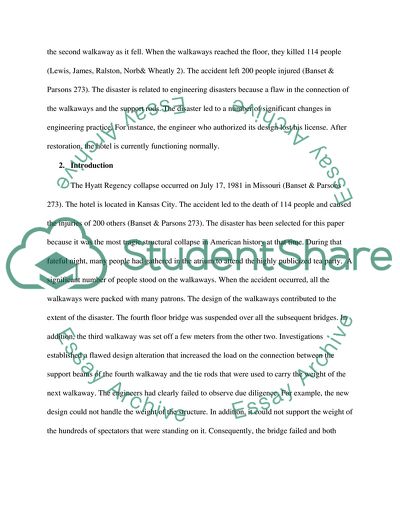Cite this document
(“Hyatt Regency Hotel Walkaway Collapse Assignment”, n.d.)
Retrieved from https://studentshare.org/engineering-and-construction/1676482-choose-any-topic-of-engineering-disaster
Retrieved from https://studentshare.org/engineering-and-construction/1676482-choose-any-topic-of-engineering-disaster
(Hyatt Regency Hotel Walkaway Collapse Assignment)
https://studentshare.org/engineering-and-construction/1676482-choose-any-topic-of-engineering-disaster.
https://studentshare.org/engineering-and-construction/1676482-choose-any-topic-of-engineering-disaster.
“Hyatt Regency Hotel Walkaway Collapse Assignment”, n.d. https://studentshare.org/engineering-and-construction/1676482-choose-any-topic-of-engineering-disaster.


